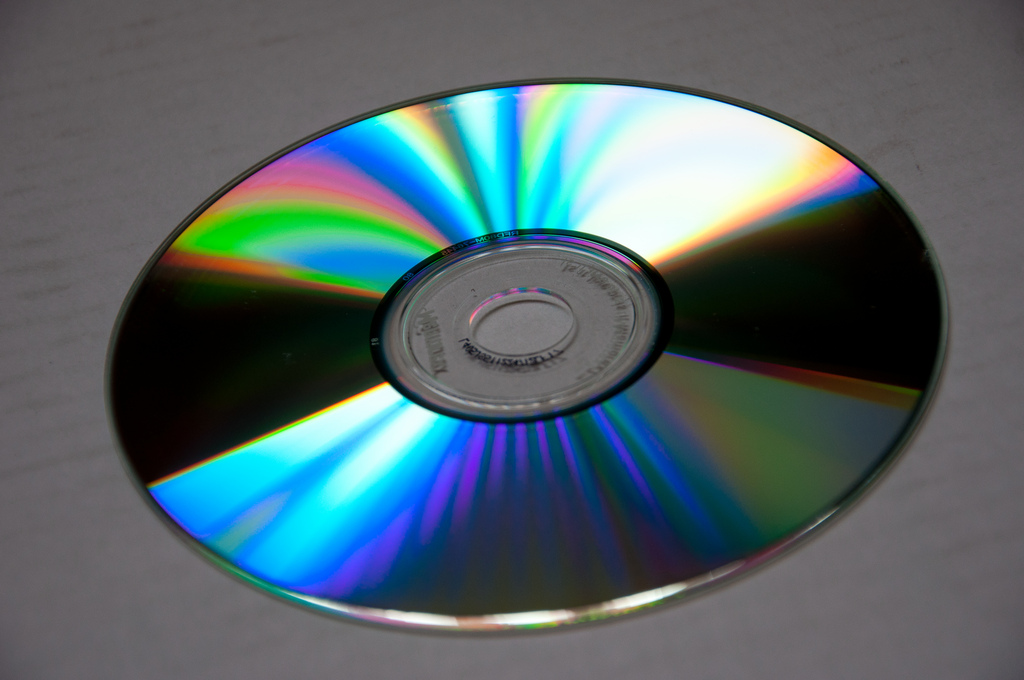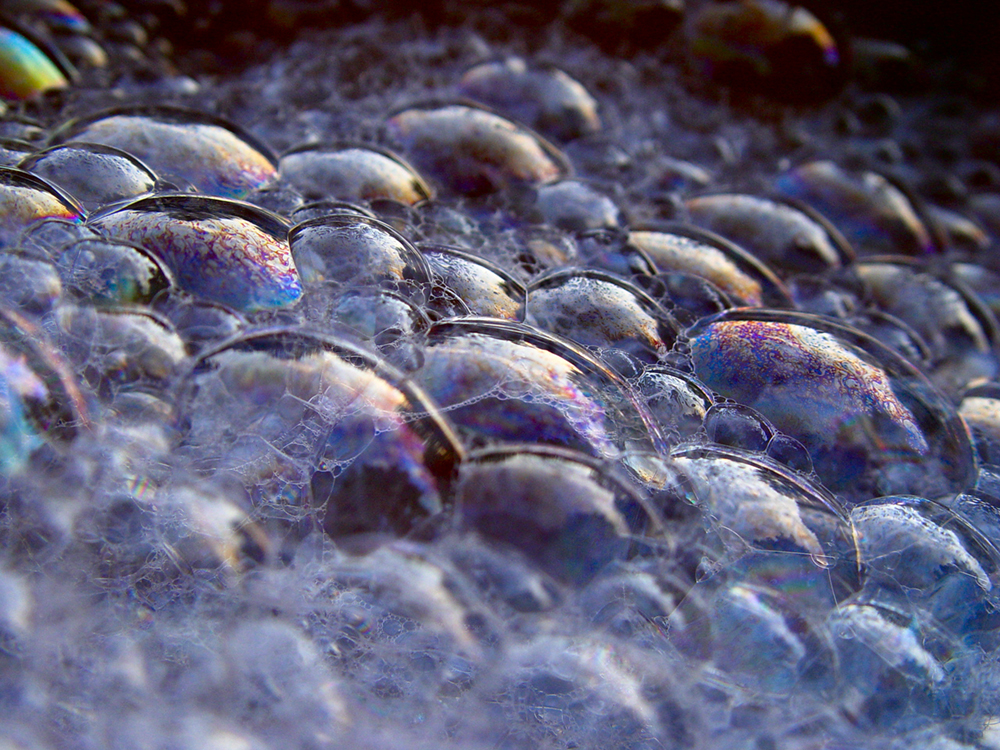Chapter 12 – Wave Optics
12.0 Introduction

If you have ever looked at the reds, blues, and greens in a sunlit soap bubble and wondered how straw-coloured soapy water could produce them, you have hit upon one of the many phenomena that can only be explained by the wave character of light, as shown below. The same is true for the colours seen in an oil slick or in the light reflected from a compact disc. These and other interesting phenomena, such as the dispersion of white light into a rainbow of colours when passed through a narrow slit, cannot be explained fully by geometric optics. In these cases, light interacts with small objects and exhibits its wave characteristics. The branch of optics that considers the behaviour of light when it exhibits wave characteristics (particularly when it interacts with small objects) is called wave optics (sometimes called physical optics). It is the topic of this chapter.

This textbook is based on Open Stax College Physics. You can download the original book for free at < https://openstax.org/details/college-physics > . This is Chapter 27 in that book.

